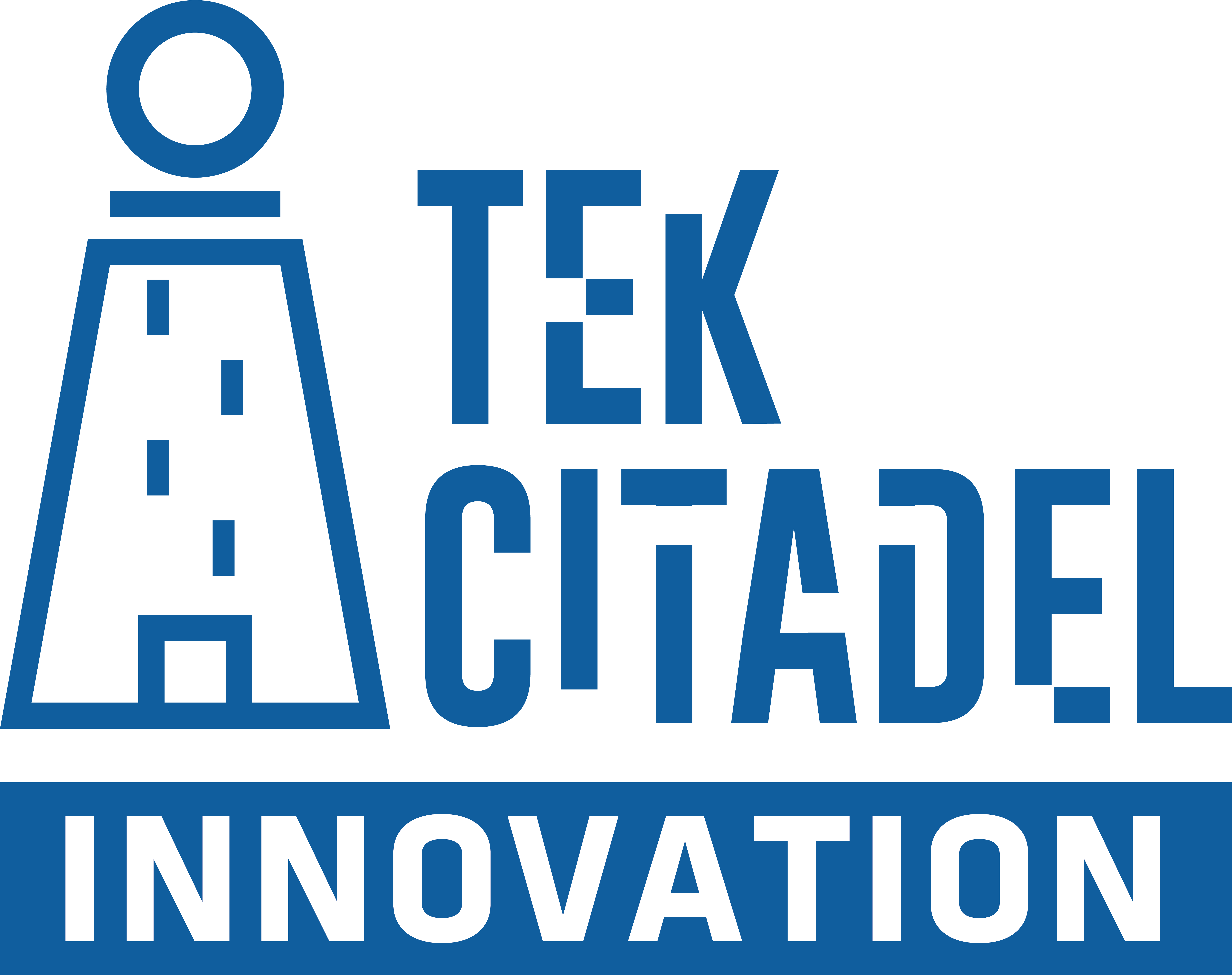In a rapidly evolving world, the ability to solve complex problems is more valuable than ever. Science, Technology, Engineering, and Mathematics (STEM) education is playing a crucial role in equipping the next generation with the skills needed to tackle real-world challenges. By fostering critical thinking, creativity, and hands-on learning, STEM is shaping young minds to become the problem-solvers of tomorrow.
1. Encouraging Critical Thinking and Analytical Skills
How STEM Is Shaping the Next Generation of Problem-SolversSTEM education emphasizes logical reasoning, data analysis, and evidence-based decision-making. These skills help students break down complex problems into manageable parts, evaluate solutions, and develop innovative approaches to challenges in various fields. Whether it’s coding a software program, engineering a sustainable structure, or analyzing scientific data, STEM cultivates a mindset of inquiry and precision.
2. Promoting Innovation Through Hands-On Learning
Traditional education often relies on rote memorization, but STEM prioritizes experiential learning. Through robotics projects, science experiments, and engineering design challenges, students learn by doing. This approach not only enhances retention but also encourages students to test ideas, iterate solutions, and embrace failure as a learning opportunity. Such experiences build resilience and adaptability—key traits for problem-solving in the real world.
3. Addressing Global Challenges with Interdisciplinary Solutions
STEM education encourages a multidisciplinary approach to problem-solving. For example, tackling climate change requires knowledge of environmental science, data analytics, engineering innovations, and policy-making. Similarly, advances in healthcare, such as artificial intelligence-driven diagnostics, blend medical research with computer science. By integrating multiple STEM disciplines, students gain a broader perspective on global issues and are better prepared to develop comprehensive solutions.
4. Empowering Underrepresented Communities
Expanding access to STEM education is crucial for creating a diverse pool of problem-solvers. Initiatives that provide resources and mentorship to underrepresented communities—such as girls in tech, students from low-income backgrounds, and children with disabilities—help bridge the opportunity gap. Organizations like NoKidBehind Inc. are actively working to introduce STEM to underserved youth, ensuring that all students have the chance to contribute to technological and scientific advancements.
5. Preparing Students for the Future Workforce
As automation, artificial intelligence, and emerging technologies reshape industries, STEM education prepares students for the jobs of the future. Careers in software development, biomedical engineering, renewable energy, and space exploration all require problem-solving expertise rooted in STEM disciplines. By equipping young learners with technical skills and an innovative mindset, STEM education ensures they can thrive in an ever-changing job market.
Conclusion
The future belongs to those who can think critically, innovate boldly, and apply knowledge to solve complex problems. STEM education is at the forefront of this transformation, shaping young minds into the problem-solvers who will drive progress in science, technology, and society. By investing in STEM learning today, we are empowering the next generation to build a better, smarter, and more sustainable future.






